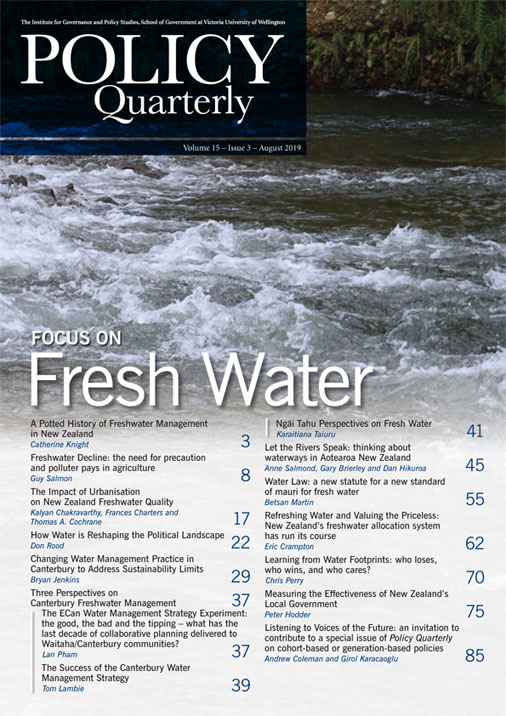Learning from Water Footprints
who loses, who wins, and who cares?
DOI:
https://doi.org/10.26686/pq.v15i3.5690Keywords:
footprints, sustainable water resources management, chaotic disallocationAbstract
The ‘footprint’ concept is widely used as an indicator to assess CO2 emissions and the water embodied in crop production. A comparison of key features reveals that CO2 footprints are a global concern no matter their location or source; water footprints only have local relevance, being locally generated and impacting only at local levels. As such, addressing excessive water use is a local concern. Where excessive use is not managed, a process of ‘chaotic disallocation’ from irrigated agriculture ensues, resulting in reduced local production and, through market mechanisms, increased demand elsewhere. Those areas where water scarcity is managed sustainably will see more profitable opportunities for irrigated production, though the impact on prices will be of little concern to consumers in the developed world.
Downloads
Downloads
Published
Issue
Section
License
Permission: In the interest of promoting debate and wider dissemination, the IGPS encourages use of all or part of the articles appearing in PQ, where there is no element of commercial gain. Appropriate acknowledgement of both author and source should be made in all cases. Please direct requests for permission to reprint articles from this publication to Policy-Quarterly@vuw.ac.nz.



